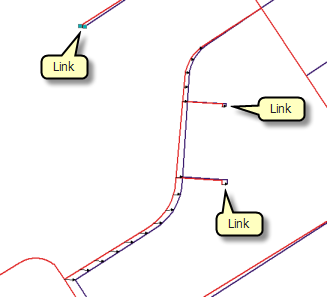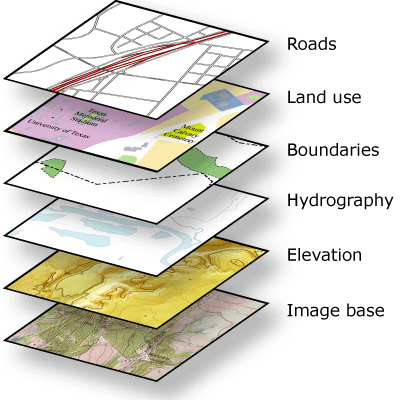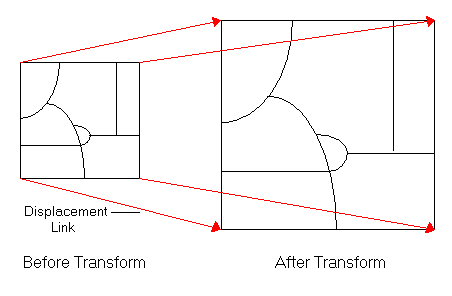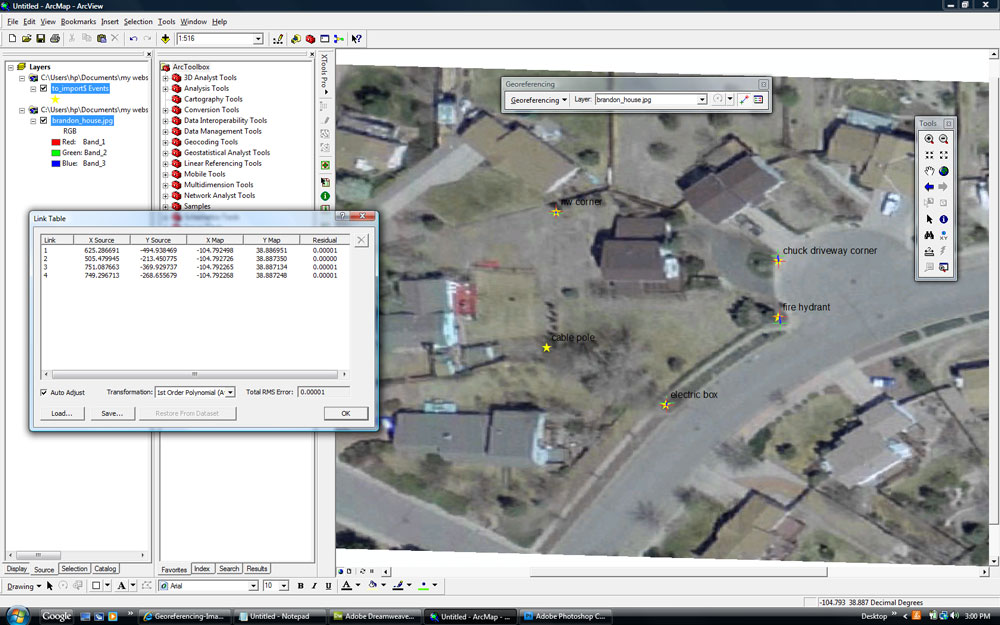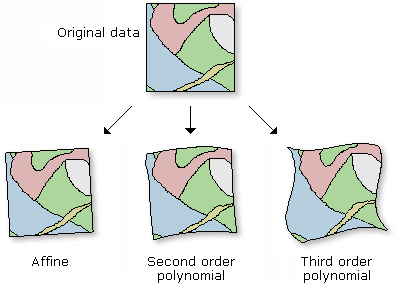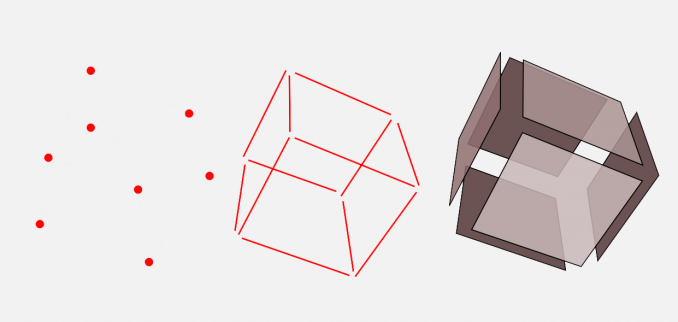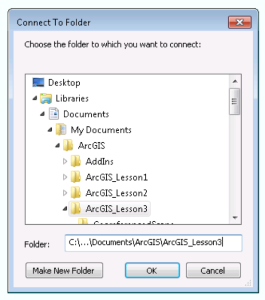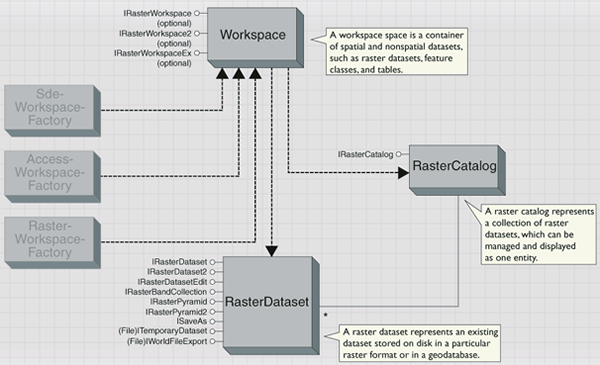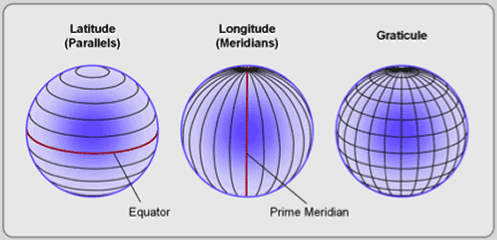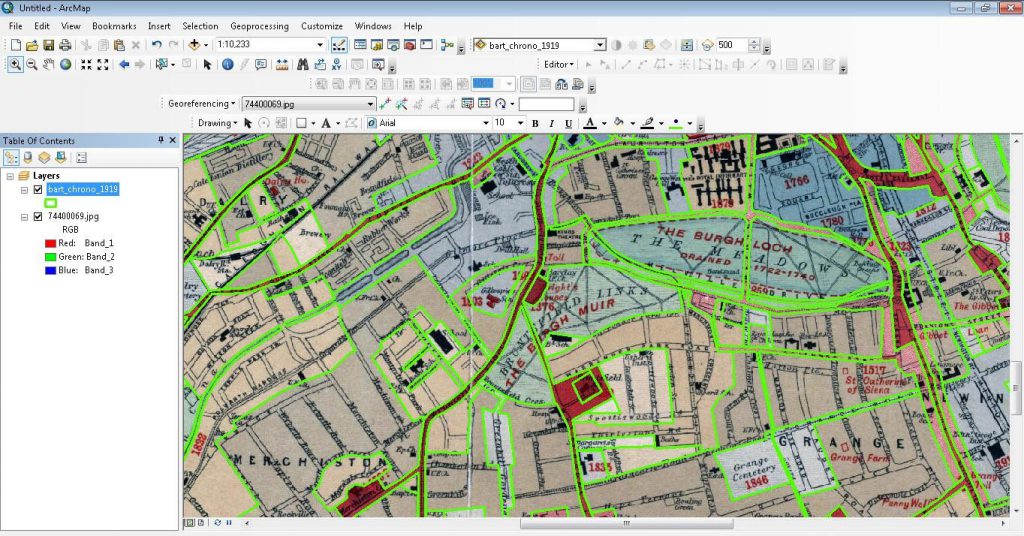Rubber Sheeting Arcgis 10 1

Natural neighbor and linear.
Rubber sheeting arcgis 10 1. For example if the change in x for a link is 10 map units the z value of the tin node at the from end of that link will be 10. For develope a rubber sheeting function i need ipiecewisetransformation question. This process moves the features of a layer using a piecewise transformation that preserves straight lines. Arcmap must be installed or i must have only a license for the procduct to use this class because i.
See about spatial adjustment rubbersheeting for more details. Rubber sheeting spatial adjustment of a feature class in arcgis. Spatial adjustment rubbersheeting makes small geometric adjustments in your data usually to align features with more accurate information. Like show 0 likes 0.
Two rubbersheeting options are supported. Arcgis tutorial data for desktop data path. Hi i have this problem. Discussion created by guenther80 on aug 13 2010.
The z value is the amount of change between the from end and to end of a link. Rubbersheeting is typically used to align two or more layers. The z value of each node is used to interpolate the amount of x y adjustment applied to each feature coordinate. Rubber sheeting in arcgis engine 10.
Linear this method creates a quick tin surface but does not really take into account the neighborhood. The method parameter determines the interpolation method used to create the temporary tins in rubbersheeting. Types of geometric transformations include rubber sheeting usually used for georeferencing projection using the projection information to transform the data from one projection to another translation shifting all the coordinates equally rotation rotating all the coordinates by some angle and changing the cell size of the dataset. Arcgis arctutor editing spatialadjustment about rubbersheeting.
Before performing spatial adjustment rubbersheeting you need to choose an adjustment method.


